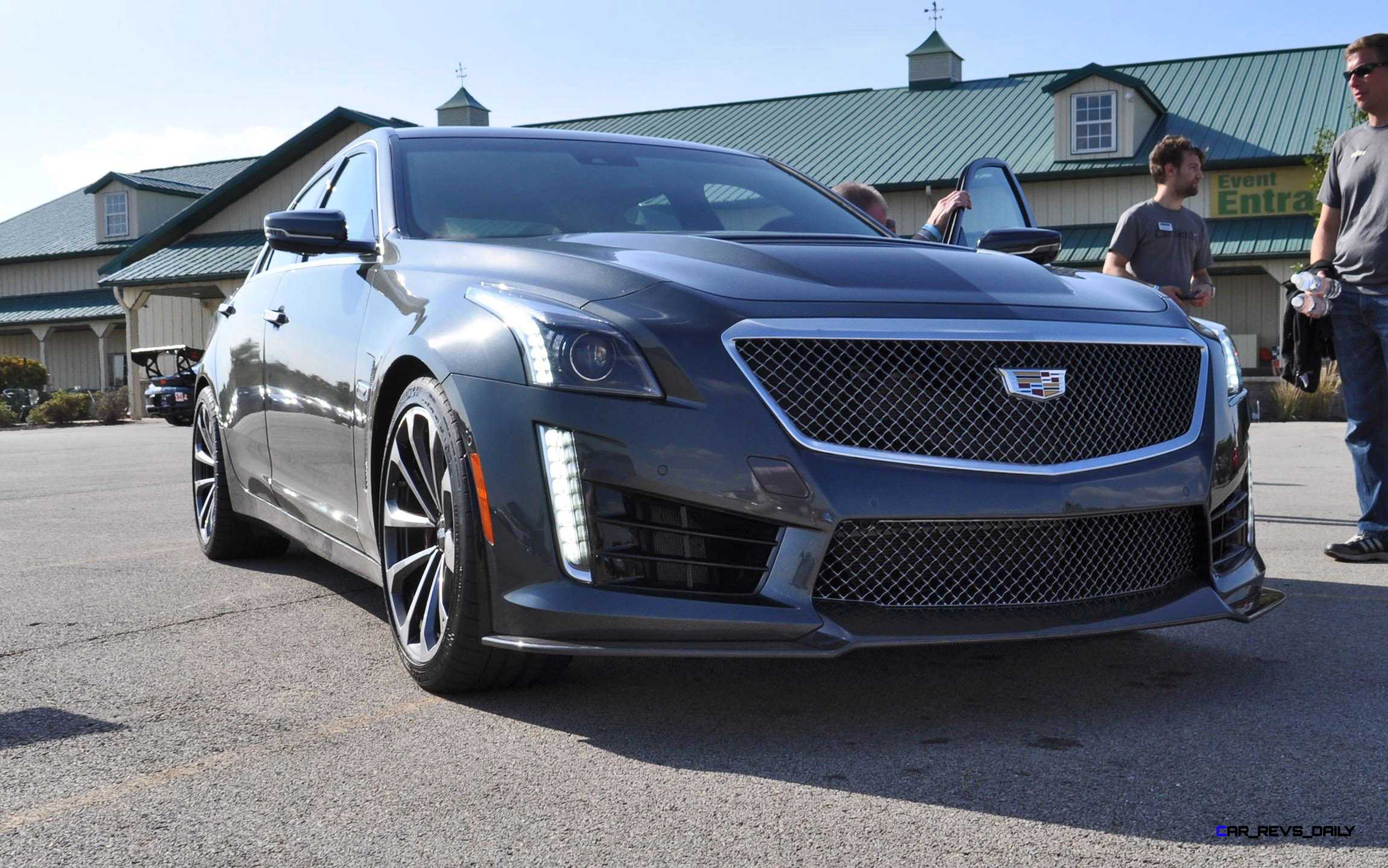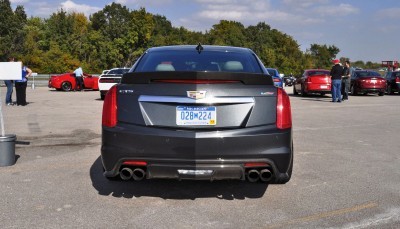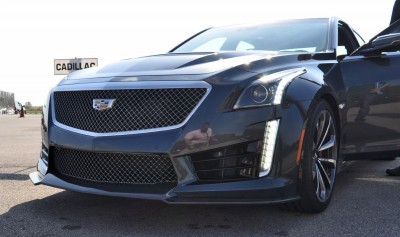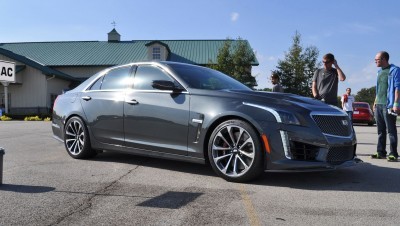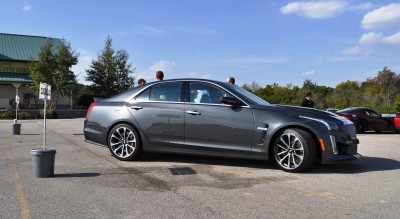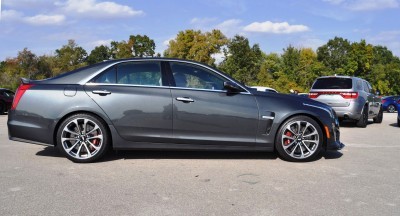Have you ever heard a car stopping, while making an unbearable metal on metal shrieking sound? If so, you know how horrible that sound can be and one of the ways to determine when it’s time for a new set of pads.
However, there are a few more warning signs that are not quite as obvious that you need to be on the lookout for. Below we will look at the top 3 signs that it is time to change your brake pads today.
When you are certain it is time, taking a little time to research the best rated brake pads available can pay off immensely.
- Your Car Pulls When Stopping
When you apply the brakes, is your vehicle distinctly pulling one way or the other? If so, this can indicate a couple of potential issues. If you have one set of pads that is worn more heavily than the other, the vehicle may pull towards the side with the least worn brake pads. Another common cause is frozen calipers – simply meaning one of them is not applying or releasing the pads as intended. In either case, you need to check and correct the issue.
- Your Pedal Hits the Floor
When you apply the brakes, it essentially pressurized brake fluid in the brake lines, which in turn cause the brake calipers to contract, pressing the pads against your brake rotors. When the pads are severely worn, you may notice that you must depress the pedal much further than usual to get the same stopping power. This could also indicate issues such as a brake fluid line leak, so it is very important to not put off checking this issue.
- You Experience Serious Vibration When Applying the Brakes
Brake pads on your vehicle squeeze the rotor and the friction brings you to a stop. If the brakes try to even squeeze a warped rotor, it can cause some serious vibration. Left unchecked, a warped rotor can dramatically shorten the lifespan of your brake pads, not to mention reducing how effectively they work. Luckily, if you have this problem, you can often have your rotors “turned” which is an inexpensive way to remove warping.
Bonus Tip – some drivers mistake low fluid or air in the brake lines for worn out pads. Air in your brake lines can cause a spongy pedal, may cause you to put the brake pedal to the floorboard, and can result in suboptimal performance. If you check the pads and don’t see any signs of wear, you should probably visit a shop to get your brakes “bled”.
So, if you are experiencing any of the issues above, you should plan a DIY project for this upcoming or stop by your local shop to “put a stop” to the squealing, squeaking, vibrating mess that your brakes have become. It is easy to put it off, but your life literally depends upon your brakes working, so make sure to address any issues ASAP.
Featuring the Cadillac CTS-V

CRD Auto Industry Insider may contain helpful and on-topic partner content that auto enthusiasts and car shoppers find valuable.

